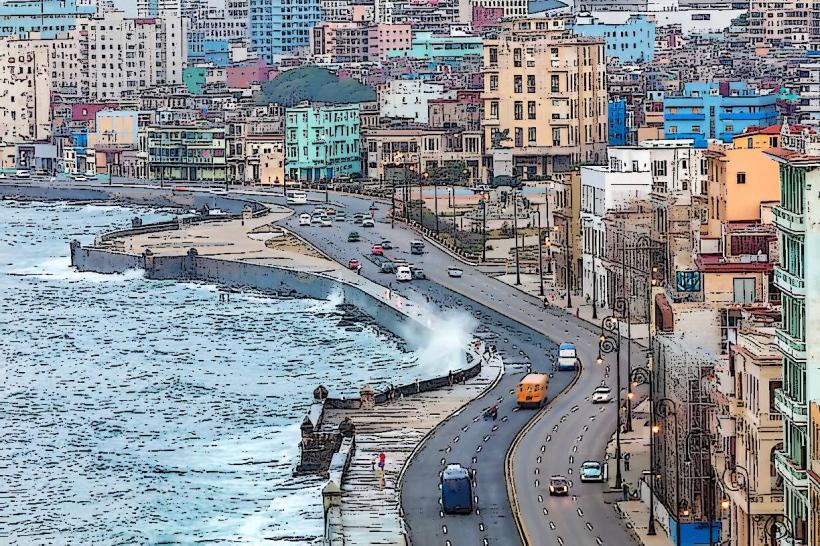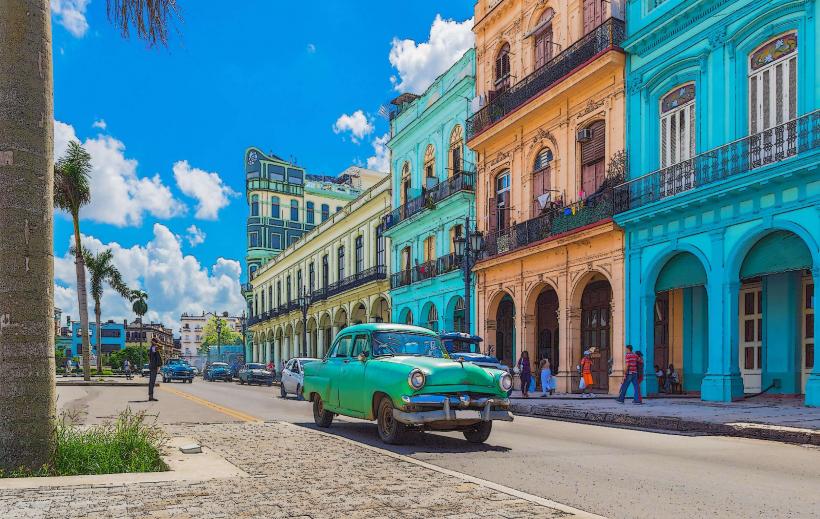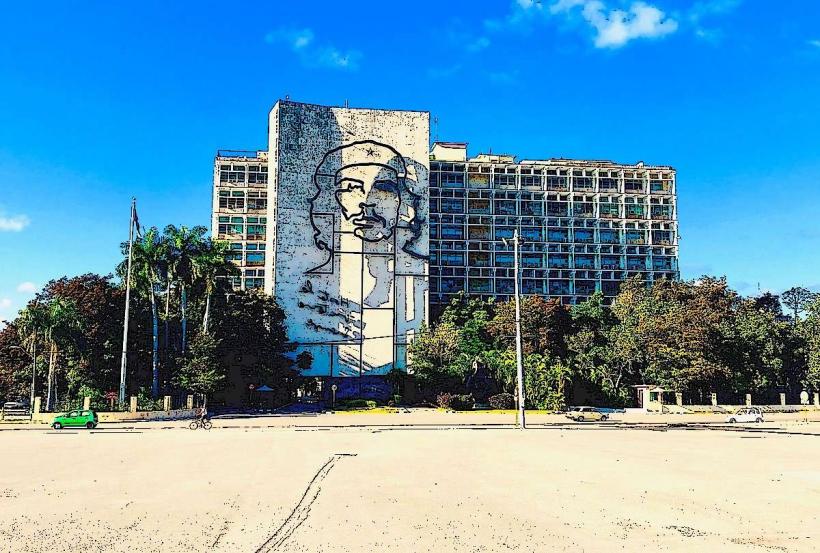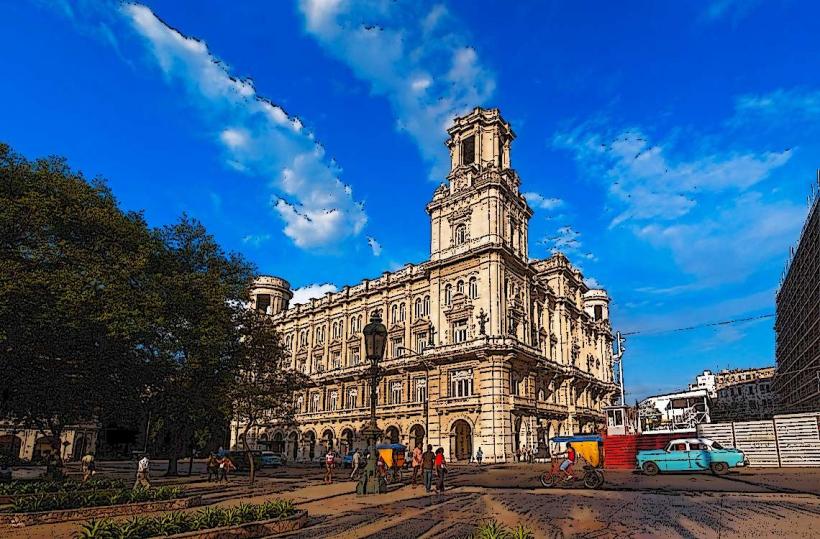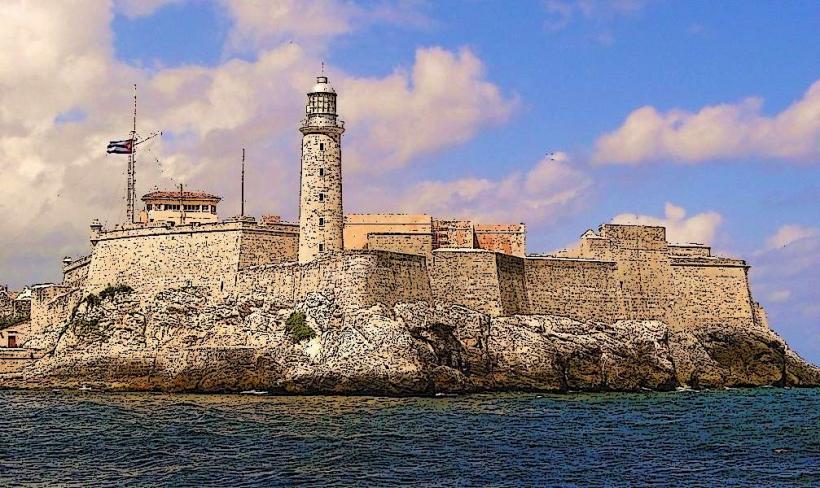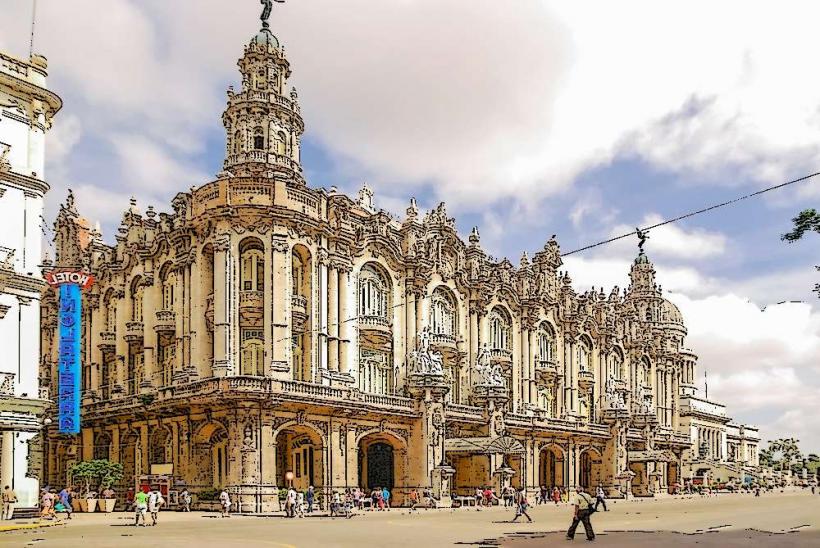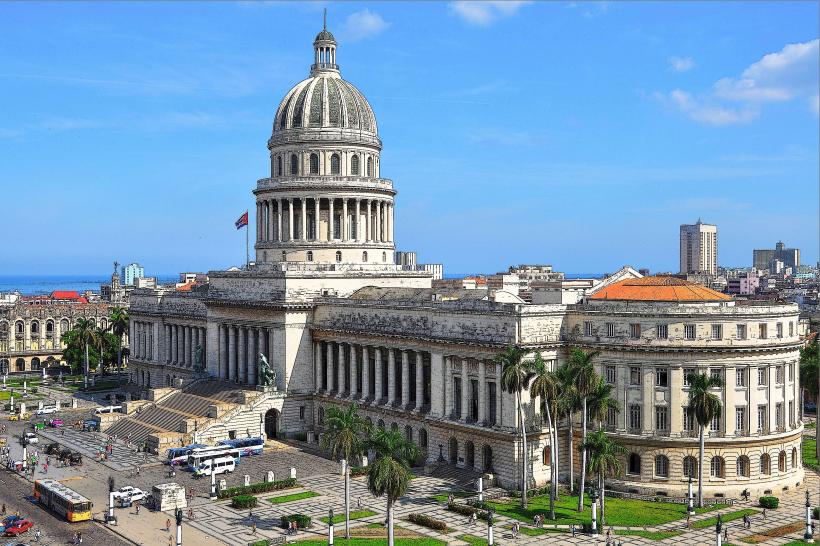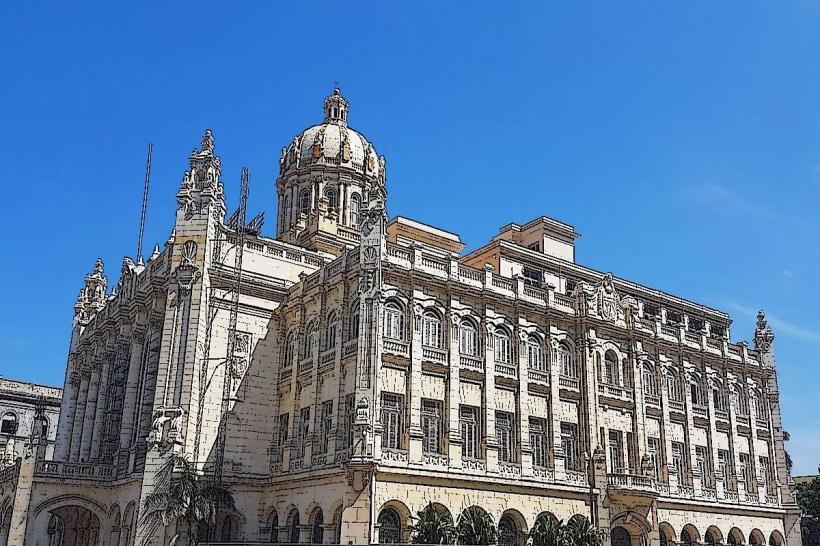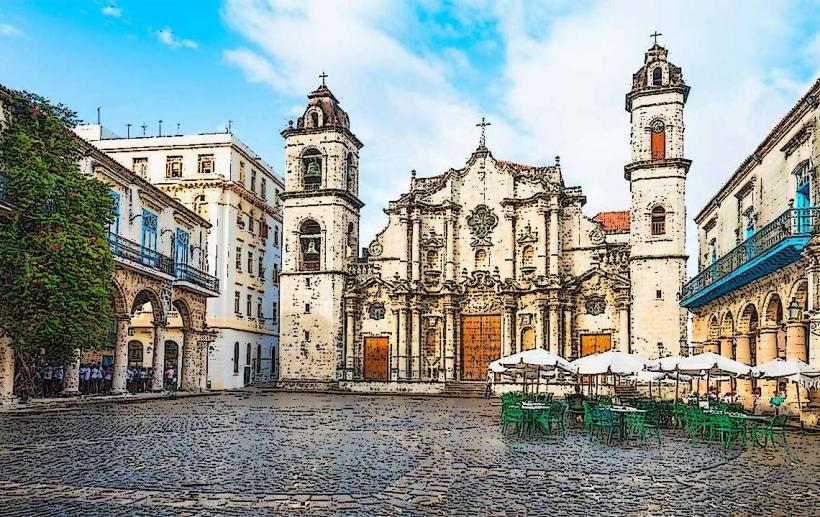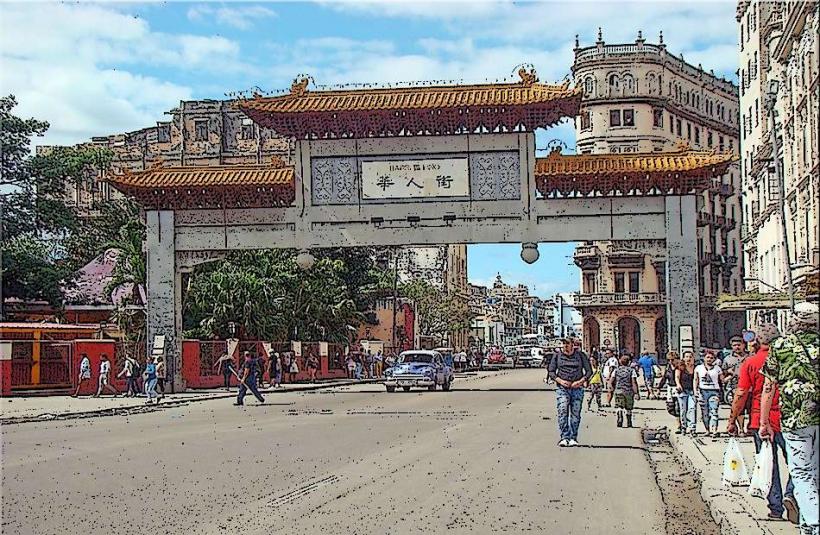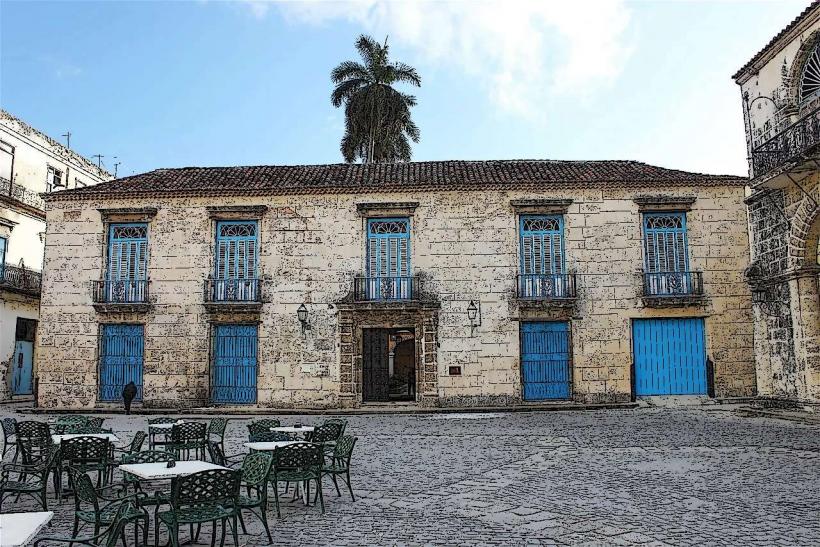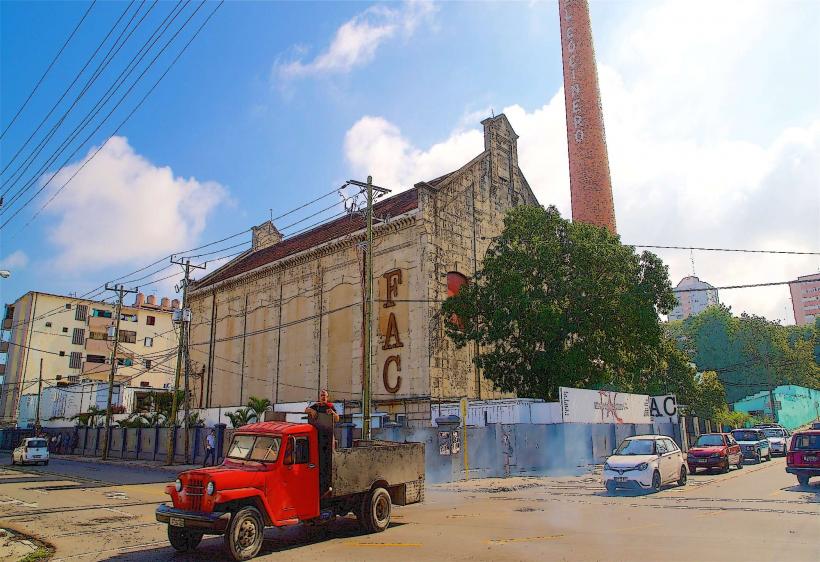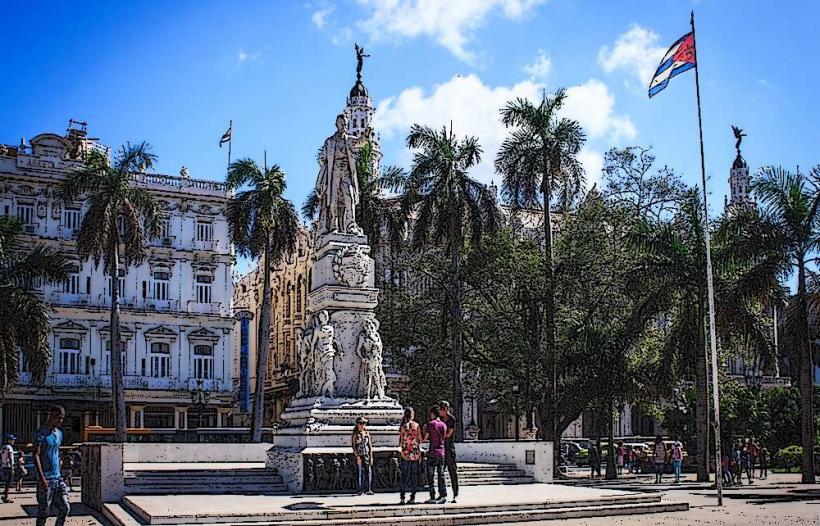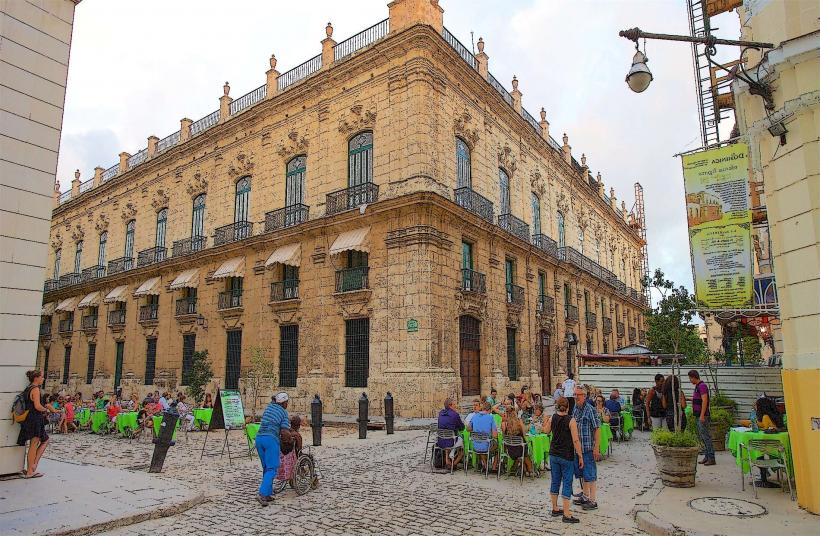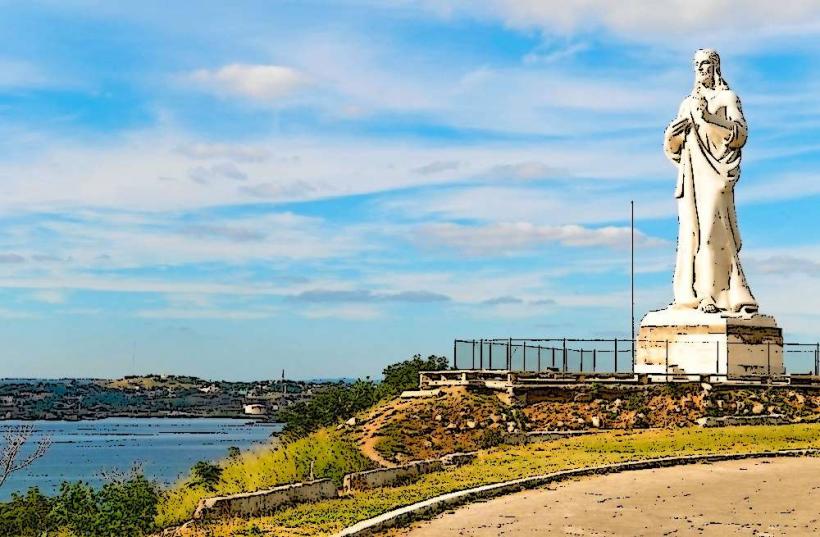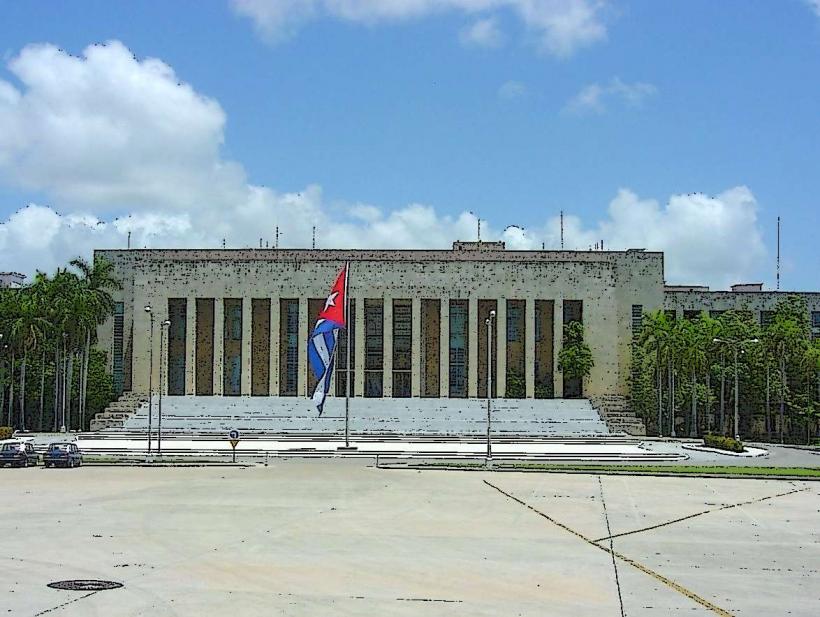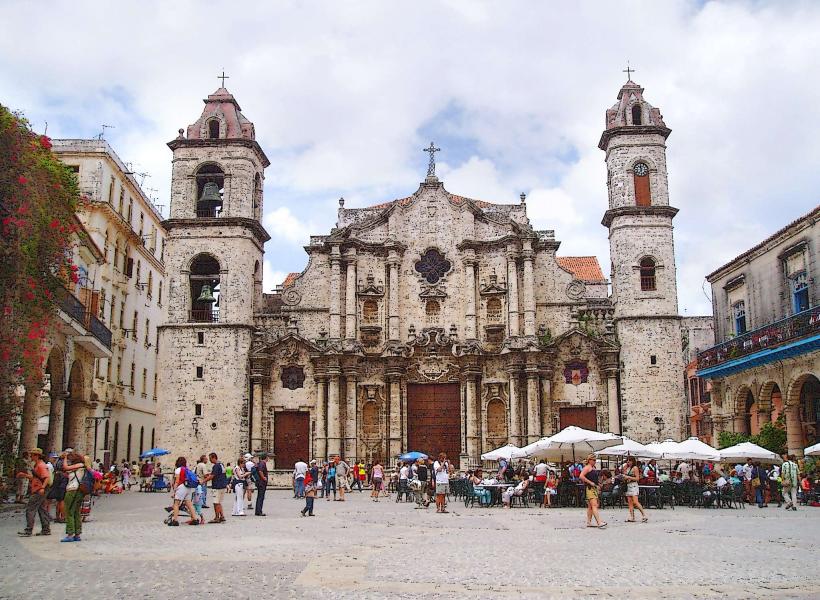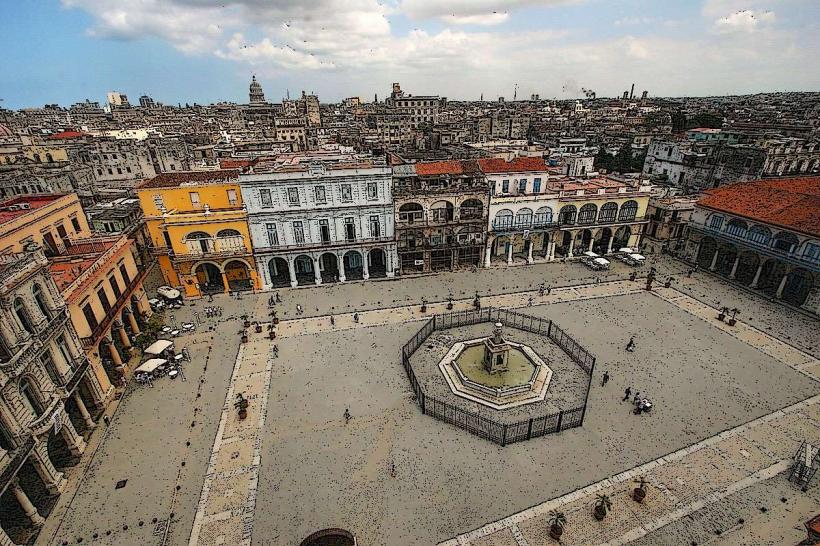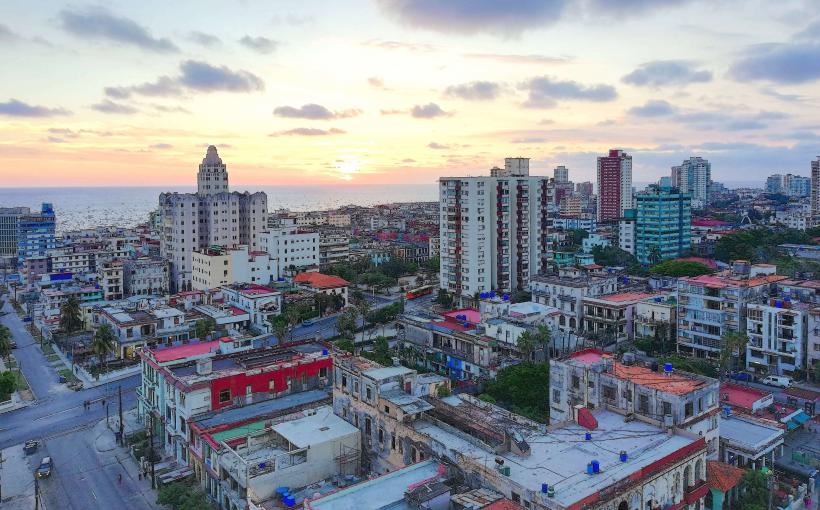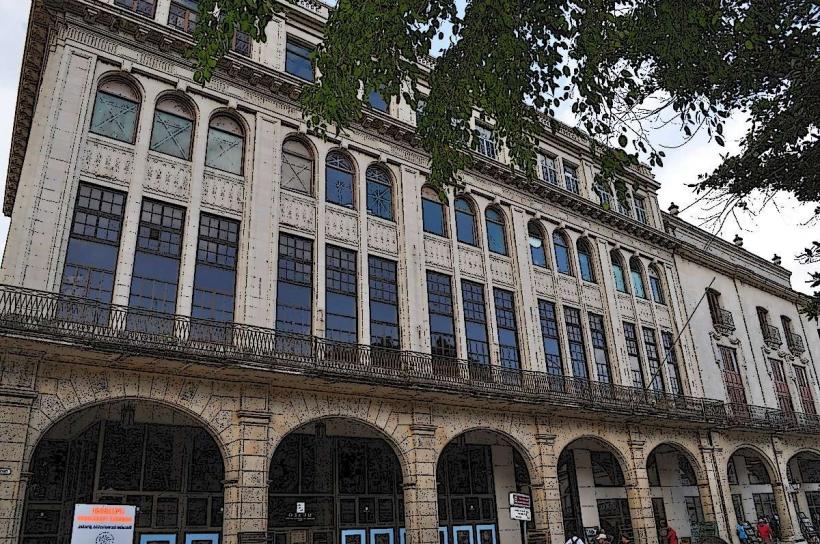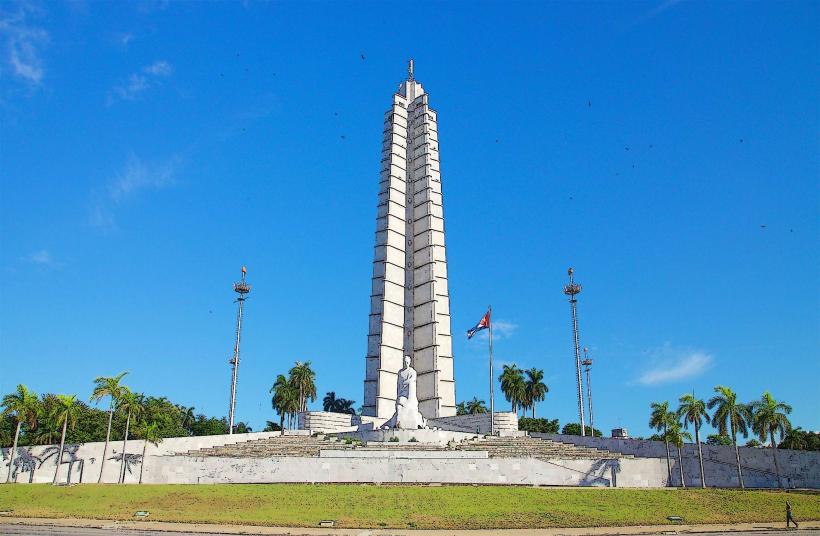Information
Landmark: Museo de la DanzaCity: Havana
Country: Cuba
Continent: North America
The Museo de la Danza (Dance Museum) in Havana, Cuba, is a unique cultural institution dedicated to celebrating the rich history and evolution of Cuban dance and its influential role in the country’s cultural heritage. The museum highlights the diversity and significance of dance in Cuba, from its African and Spanish roots to its contemporary forms, reflecting the island's fusion of cultural influences.
Historical Background
Cuba has a long and vibrant history of dance that draws on a variety of cultural traditions, including Afro-Cuban, Spanish, Indigenous, and European influences. The Museo de la Danza was founded in 2000 with the goal of preserving and showcasing the development of Cuban dance throughout the centuries. It is a relatively new museum but one that highlights Cuba's unique and diverse dance traditions, from traditional Afro-Cuban rhythms to ballet, salsa, and contemporary dance.
Location and Architecture
The Museo de la Danza is housed in a beautiful colonial-era building in the heart of Havana, in the Old Havana (Habana Vieja) district. The museum’s location adds to its charm, as it is situated near other major landmarks in Havana, such as Plaza de la Catedral and La Habana Vieja, both of which are UNESCO World Heritage sites. The building itself is a reflection of the city’s colonial history, with high ceilings, elegant rooms, and intricate architectural details.
Collections and Exhibits
The Museo de la Danza showcases a variety of exhibits dedicated to the history, styles, and practitioners of Cuban dance. It houses collections that trace the evolution of dance in Cuba, highlighting its roots, cultural development, and global influence.
1. Historical Dance Exhibits
- The museum features historical exhibits that explore the origins of Cuban dance, starting with its African and Spanish roots. These early forms of dance are integral to Cuba’s cultural identity, and the museum educates visitors on the syncretism that resulted in the creation of distinct Cuban dance styles.
- Displays focus on the fusion of Afro-Cuban rhythms, Spanish flamenco, and European classical ballet into what would become iconic Cuban dances like salsa, rumba, and cha-cha-cha.
2. Cuban Dance Styles
- One of the key features of the museum is its exploration of traditional Cuban dance styles. These include:
- Rumba: A dance with Afro-Cuban origins, incorporating movements such as the yambú, guaguancó, and columbia.
- Salsa: A dance that became globally popular and has its roots in Cuban son and Afro-Cuban rhythms.
- Cha-cha-cha: A style of dance that developed in the 1950s, blending Afro-Cuban and European elements.
- Mambo: A fast-paced, energetic style with roots in Afro-Cuban music.
- The museum delves into the evolution and global impact of these dances, showing how they have been embraced worldwide and continue to evolve.
3. Ballet and Contemporary Dance
- The Museo de la Danza also highlights the development of Cuban ballet, which is world-renowned for its technical excellence and artistry. Cuban ballet has produced some of the most prestigious dancers and choreographers in the world, and the museum showcases the contributions of figures like Alicia Alonso, one of the most famous ballet dancers in history and a prominent figure in the Cuban National Ballet.
- Contemporary Cuban dance forms are also featured, emphasizing the island's innovative approaches to modern choreography and the blending of traditional dance styles with contemporary techniques.
4. Famous Cuban Dancers and Choreographers
- The museum honors the lives and careers of influential Cuban dancers, choreographers, and dance companies. Some of the key figures include:
- Alicia Alonso: A legendary figure in Cuban ballet, whose work has shaped the Cuban National Ballet.
- Ramón Núñez: Known for his contributions to Cuban ballet and modern dance.
- José Luis “Cheíto” González: A key figure in Afro-Cuban dance and folkloric performances.
- Modern Cuban choreographers: The museum also highlights more recent figures who have contributed to the continued evolution of Cuban dance.
5. Dance Costumes and Artifacts
- The museum’s collection includes costumes, props, and photos that chronicle the history of dance in Cuba. These artifacts offer insight into the materials, techniques, and artistry involved in Cuban dance productions, including the distinctive costumes used in traditional performances like rumba and ballet.
- Visitors can view photos of performances, ballet programs, and stage designs that showcase the artistic direction of various Cuban dance companies over the years.
6. Interactive and Educational Exhibits
- The museum also offers interactive exhibits where visitors can engage with the history of Cuban dance through videos, audio recordings, and even hands-on activities. Visitors can learn about the music, rhythms, and cultural significance of Cuban dances through live demonstrations, which sometimes include performances by local dancers or guest artists.
Cuban Dance and its Cultural Significance
Cuban dance is more than just a form of entertainment; it is an essential part of Cuban identity and has played a key role in shaping the country's cultural landscape. Dance in Cuba is a reflection of the island's diverse history, blending African, Spanish, and Caribbean influences into unique art forms. It has also served as a means of social expression, with rumba and salsa evolving as both a cultural and political outlet for the people.
Cuban dances, especially the rumba and salsa, are celebrated worldwide and have made a profound impact on the global dance scene. The Museo de la Danza serves as a hub for dance enthusiasts, scholars, and tourists who are interested in understanding how Cuban dance has influenced world music and dance culture.
Visitor Experience
Guided Tours: The museum offers guided tours to help visitors understand the history and cultural significance of Cuban dance. These tours often include a detailed explanation of the various dance forms, their evolution, and their importance in Cuban society.
Dance Performances: On occasion, the museum hosts live dance performances, allowing visitors to experience the rhythms of Cuban dance in action. These performances may include traditional forms like rumba or salsa and are often accompanied by live music.
Workshops and Classes: The museum also offers dance workshops and classes for those interested in learning the movements and techniques of Cuban dance styles. This provides an interactive experience for both beginners and seasoned dancers.
Temporary Exhibitions: The Museo de la Danza regularly hosts temporary exhibitions focusing on specific aspects of Cuban dance, such as the life of a particular dancer or choreographer, or an exploration of the evolution of a dance form like salsa.
Conclusion
The Museo de la Danza is a vibrant and essential cultural institution in Havana that celebrates the profound impact of Cuban dance on the island’s cultural identity and the world. Its exhibits reflect the fusion of cultural influences that have shaped Cuban dance, from Afro-Cuban rhythms to ballet and contemporary choreography. For dance enthusiasts, cultural travelers, or anyone interested in Cuba’s history, the museum offers a deep dive into the art of movement that continues to shape the country's cultural fabric.

